Gravel - A Good Planting Media
Gardeners often use stem-cuttings to multiply a wide variety of shrubs. A crucial factor of success is the type of media that you choose to plant the cutting.
What makes a good media? It should have adequate drainage and be well-aerated so that the chances of the cuttings succumbing to fungal and bacterial diseases are minimised.
At the same time, it should retain just the right amount of moisture so that cuttings do not dry out. The media used should be able to provide adequate support to the cutting. Sterility - ensuring that the media is bacteria-free - is important for some types of stem-cuttings.
Various media types, both organic and inorganic, can be used but not all are readily available locally. Common inorganic media types include coarse sand, vermiculite and perlite while a popular organic media is peat moss.
Such media may be used alone or mixed in various proportions for rooting stem-cuttings. Soil-based mixes may be also be used in some instances but they can be tricky for use in some types of plant cuttings as they may not be sterile, even if they are bought fresh from the nursery.
Why Gravel Is Good
Personally, I prefer to use sand or gravel as the sole propagation media for stem cuttings. Sand has a neutral pH and is thus suitable for propagating most tropical plants.
On the other hand, peat moss is acidic and can be too wet for use on its own here. It often requires the addition of other components to enhance its drainage and aeration properties. Unlike vermiculite and perlite, sand and gravel do not disintegrate over time.
Size Does Matter
Sand and gravel are available in various grain sizes. The grain size determines the amount of water that can be held in the spaces between the grains, ease of drainage of excess water and aeration that it is able to provide to the base of cuttings.
One tip: avoid using lawn sand for rooting cuttings as it is too fine and retains too much moisture and drains poorly.
Sand of the right grain size appears to be difficult to buy locally. That's why I choose to use fine gravel as a substitute. This is the gravel that is used to lay the base of planted aquariums and is thus easily available from local aquarium shops.
This fine gravel has a neutral pH and its particle size has been pre-graded and is uniform, averaging 2 mm. It seems to be suitable for rooting most stem-cuttings.
Preparing Gravel For Propagation
Before using aquarium gravel for propagation, wash it in a pail of water to get rid of any organic debris. Fine gravel is heavy and will stay at the base of the pail while most organic debris will float upwards and can be skimmed off.
Drain off all water before attempting to sterilise it. To sterilise it, pour boiling water over the gravel in a pail and let it soak for an hour or two. You may want to repeat it this process before use.
Allow the fine gravel to cool and excess water to drain before sticking your cuttings in. This is a more convenient and "hygienic" method of sterilisation compared to baking sand in an oven.
After your stem-cuttings have rooted, carefully transplant the stem-cutting with its root ball of sand in its entirety. Avoid shaking off the sand as this can damage the cutting's system of newly formed fine roots.
Go forth and multiply!
By Wilson Wong
Check out our DIY gardening videos for more helpful tips!
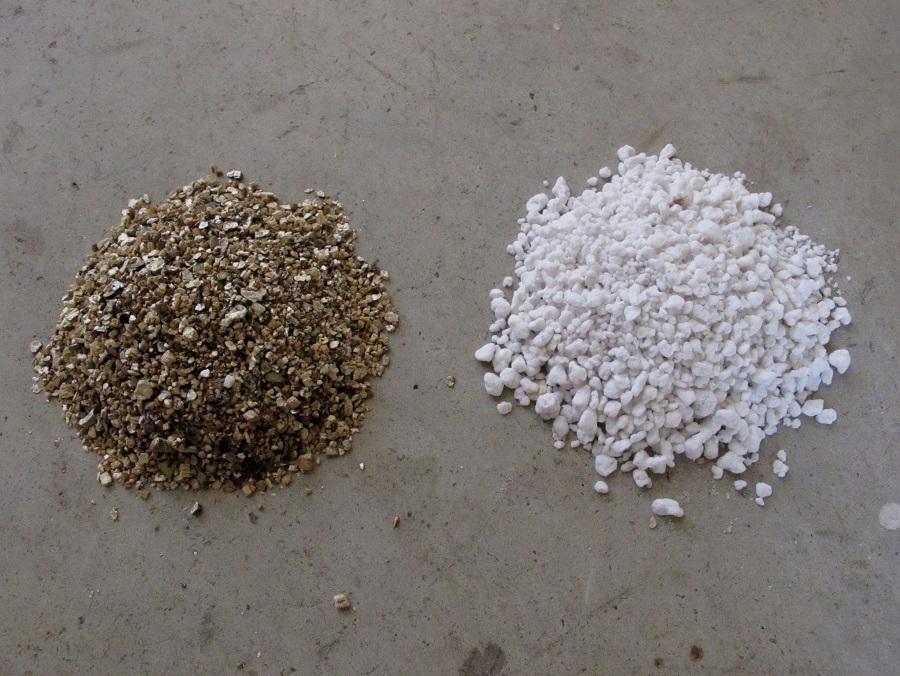 Vermiculite (left) and perlite (right) are two types of popular inorganic media used for plant propagation. However, they have a very short useful lifespan. They break down quickly and may hold too much moisture for use in the tropics.
Vermiculite (left) and perlite (right) are two types of popular inorganic media used for plant propagation. However, they have a very short useful lifespan. They break down quickly and may hold too much moisture for use in the tropics.
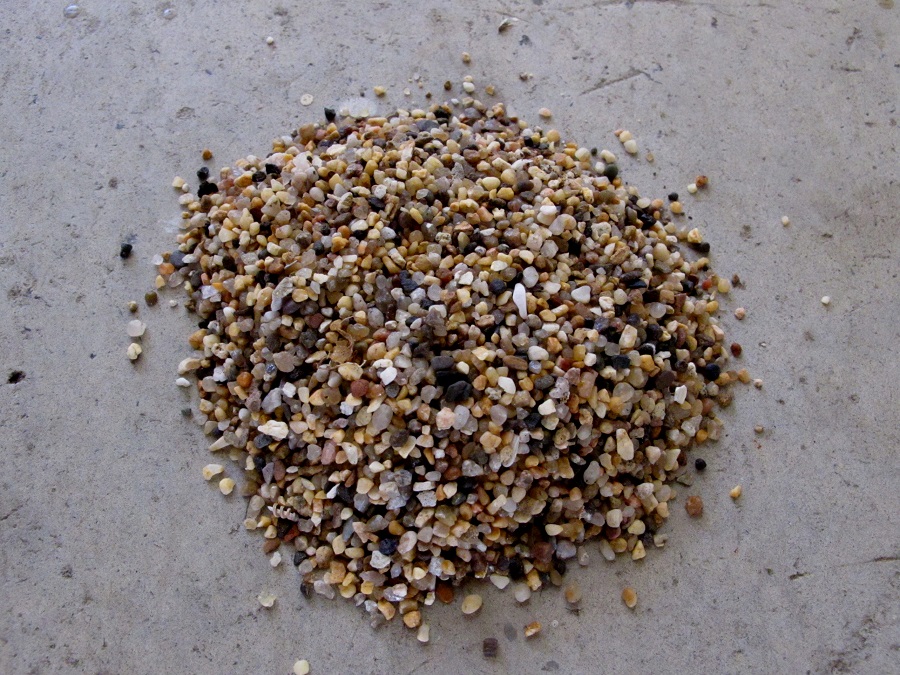 Gravel from local aquarium shops can be used as a substitute for coarse sand as propagation media. The grain size of such gravel averages around 2 mm and is usually uniform. It should not be too fine as it will drain poorly. Neither should it be too coarse as it will dry out too quickly.
Gravel from local aquarium shops can be used as a substitute for coarse sand as propagation media. The grain size of such gravel averages around 2 mm and is usually uniform. It should not be too fine as it will drain poorly. Neither should it be too coarse as it will dry out too quickly.
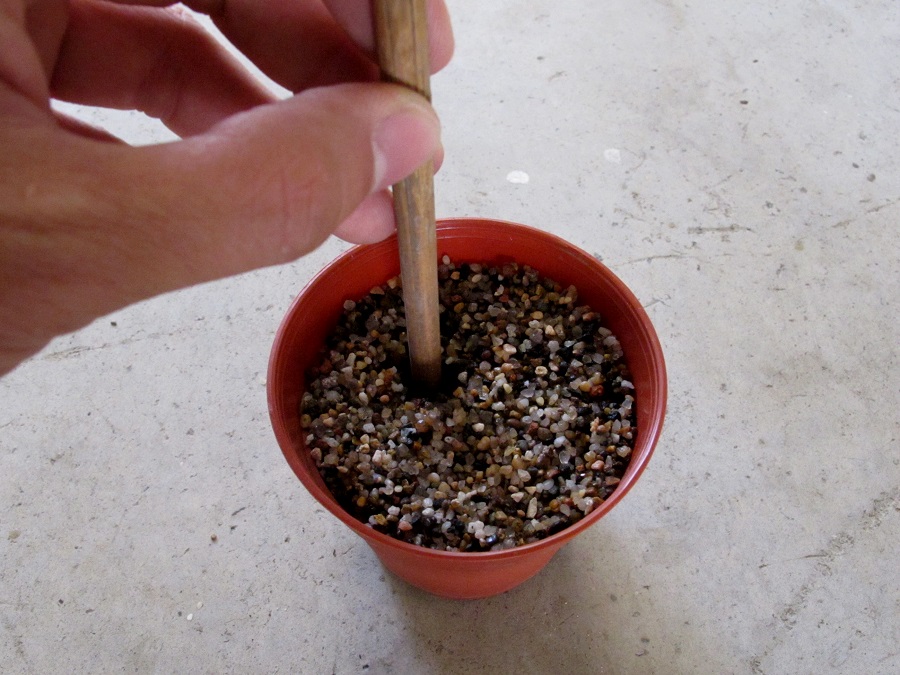 When using gravel as a propagation media, moisten it thoroughly so that it is easy to make holes in it for inserting cuttings. Use a chopstick to make these holes, and refrain from inserting the stem-cutting directly as this can damage the cutting.
When using gravel as a propagation media, moisten it thoroughly so that it is easy to make holes in it for inserting cuttings. Use a chopstick to make these holes, and refrain from inserting the stem-cutting directly as this can damage the cutting.
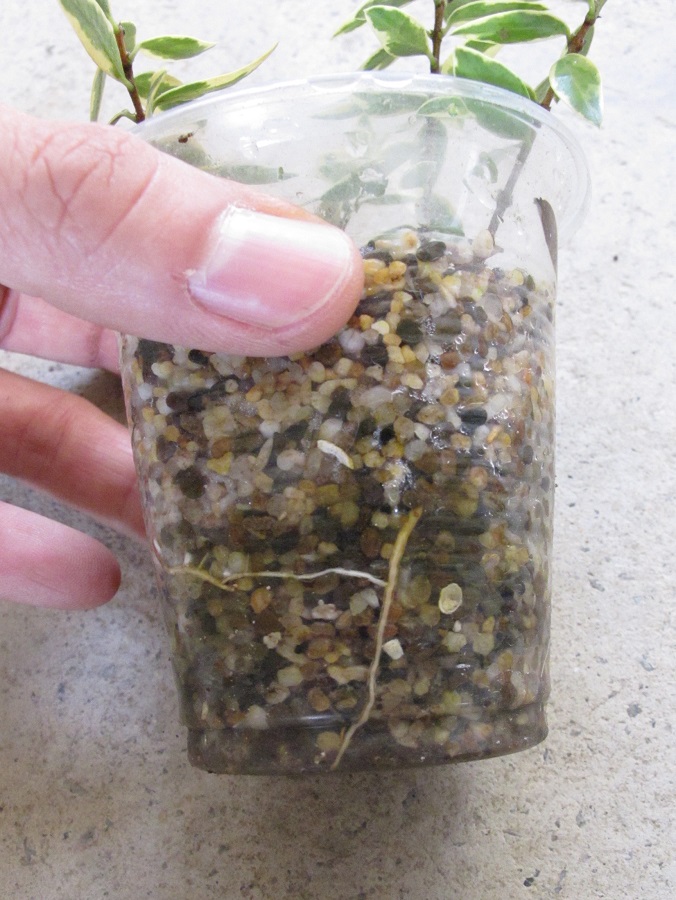 Gravel is a good propagation media for use in the tropics for propagating woody stem cuttings, as the gravel does not break down while these cuttings take a long time to root. Transparent disposable plastic cups are good for home gardeners to monitor the rooting progress of their stem cuttings.
Gravel is a good propagation media for use in the tropics for propagating woody stem cuttings, as the gravel does not break down while these cuttings take a long time to root. Transparent disposable plastic cups are good for home gardeners to monitor the rooting progress of their stem cuttings.
 Vermiculite (left) and perlite (right) are two types of popular inorganic media used for plant propagation. However, they have a very short useful lifespan. They break down quickly and may hold too much moisture for use in the tropics.
Vermiculite (left) and perlite (right) are two types of popular inorganic media used for plant propagation. However, they have a very short useful lifespan. They break down quickly and may hold too much moisture for use in the tropics.
 Gravel from local aquarium shops can be used as a substitute for coarse sand as propagation media. The grain size of such gravel averages around 2 mm and is usually uniform. It should not be too fine as it will drain poorly. Neither should it be too coarse as it will dry out too quickly.
Gravel from local aquarium shops can be used as a substitute for coarse sand as propagation media. The grain size of such gravel averages around 2 mm and is usually uniform. It should not be too fine as it will drain poorly. Neither should it be too coarse as it will dry out too quickly.
 When using gravel as a propagation media, moisten it thoroughly so that it is easy to make holes in it for inserting cuttings. Use a chopstick to make these holes, and refrain from inserting the stem-cutting directly as this can damage the cutting.
When using gravel as a propagation media, moisten it thoroughly so that it is easy to make holes in it for inserting cuttings. Use a chopstick to make these holes, and refrain from inserting the stem-cutting directly as this can damage the cutting.
 Gravel is a good propagation media for use in the tropics for propagating woody stem cuttings, as the gravel does not break down while these cuttings take a long time to root. Transparent disposable plastic cups are good for home gardeners to monitor the rooting progress of their stem cuttings.
Gravel is a good propagation media for use in the tropics for propagating woody stem cuttings, as the gravel does not break down while these cuttings take a long time to root. Transparent disposable plastic cups are good for home gardeners to monitor the rooting progress of their stem cuttings.
Total Comments: 2
Have views or comments on this article? Let us know via this form. If you would like to give us feedback on any other areas relating to our parks and gardens, please submit via https://www.nparks.gov.sg/feedback




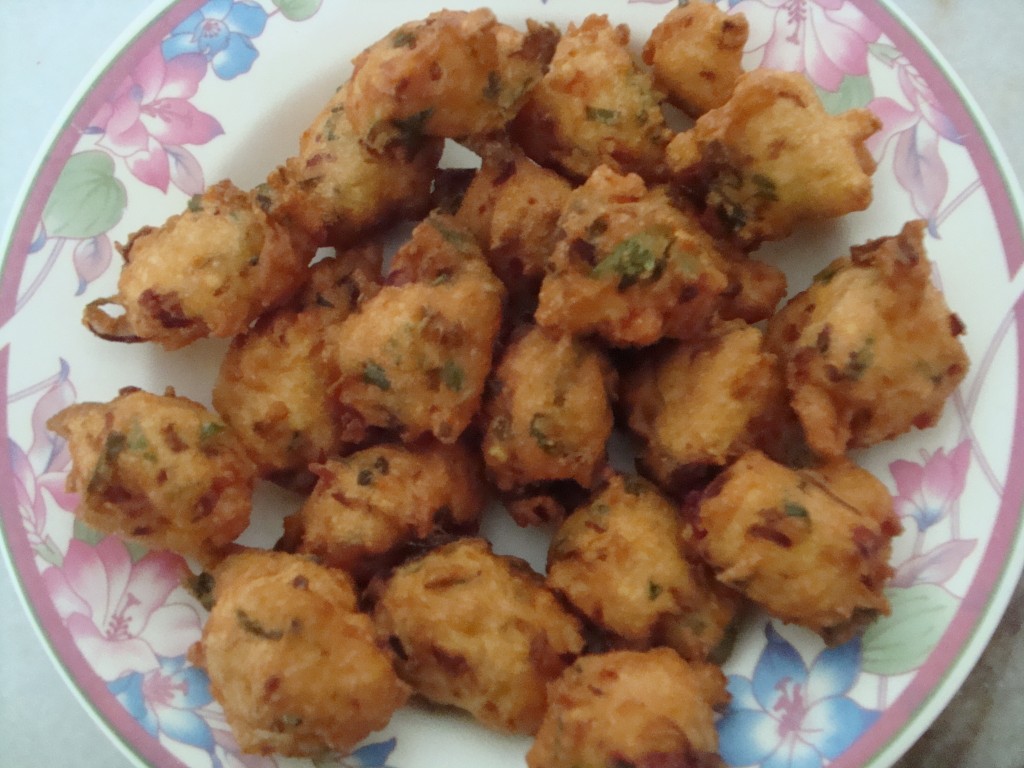
Lisan 5/21/2012 5:06:55 PM